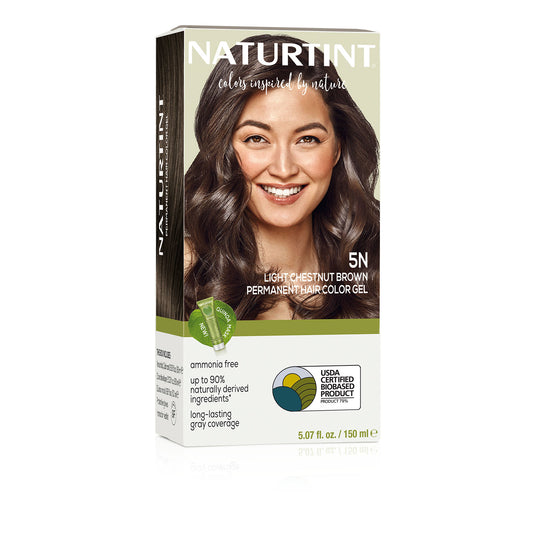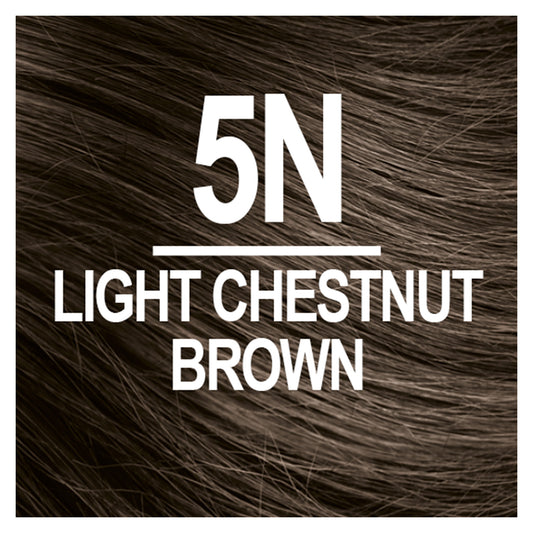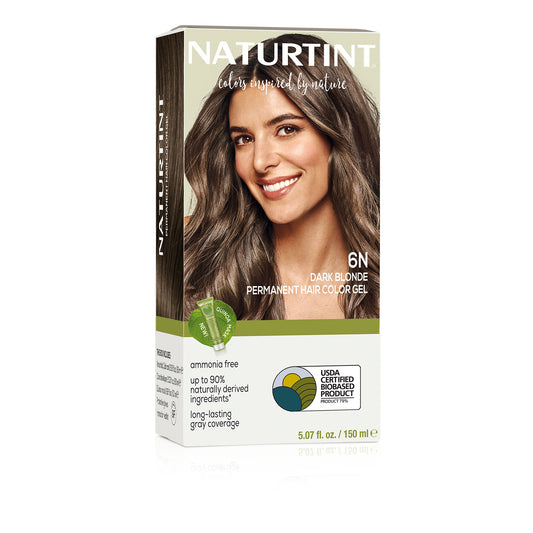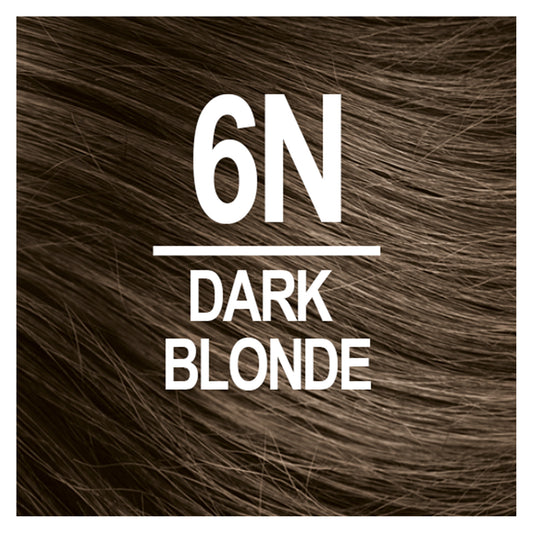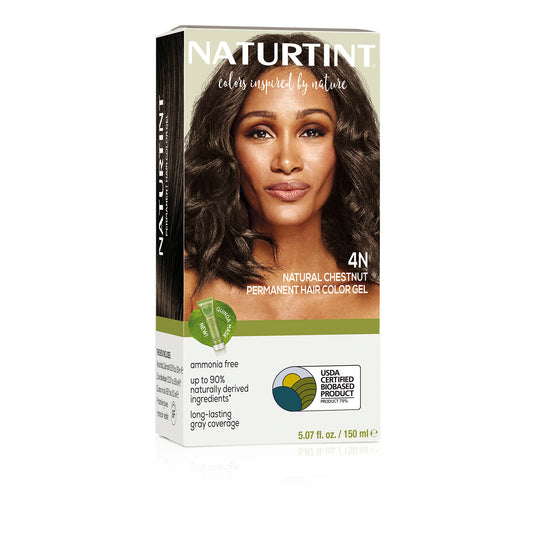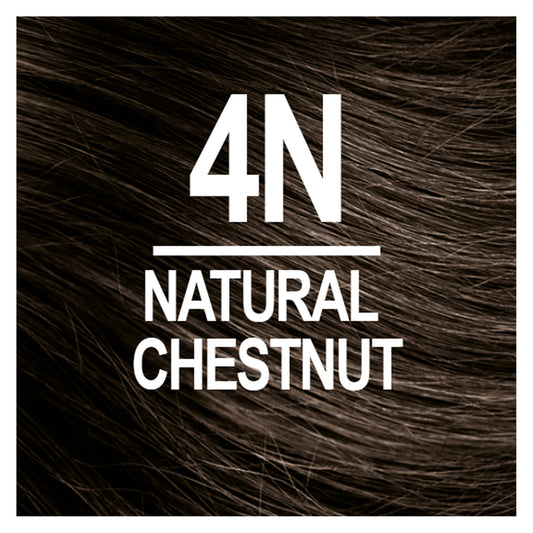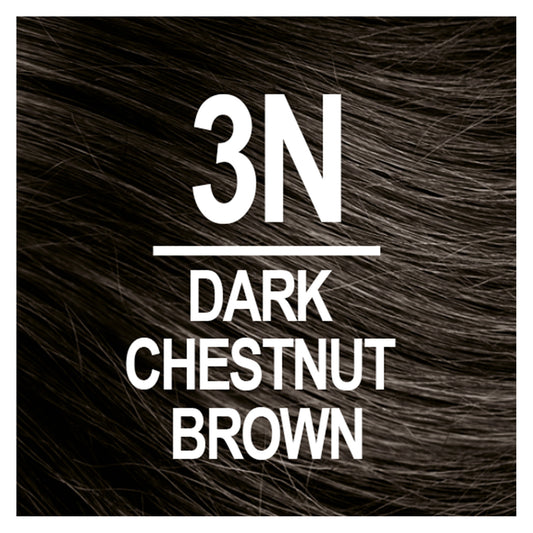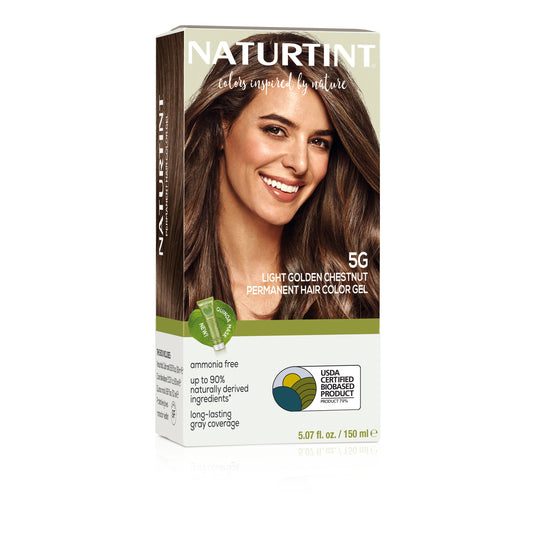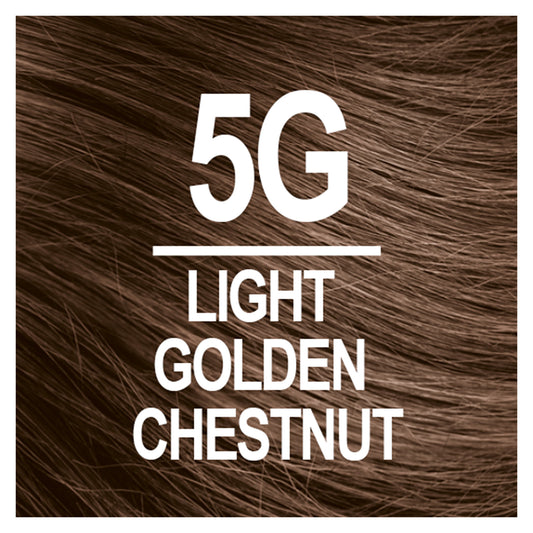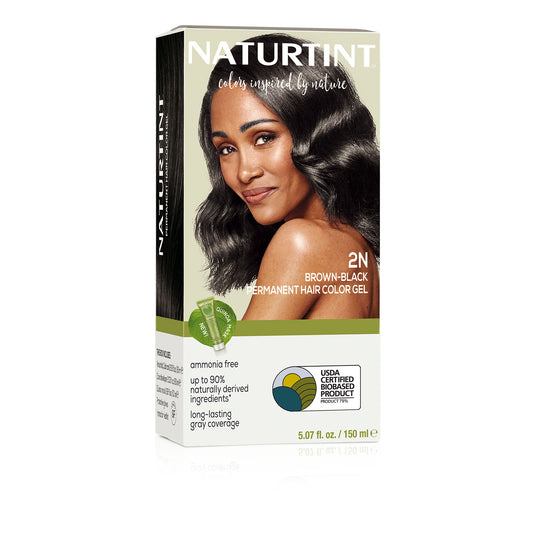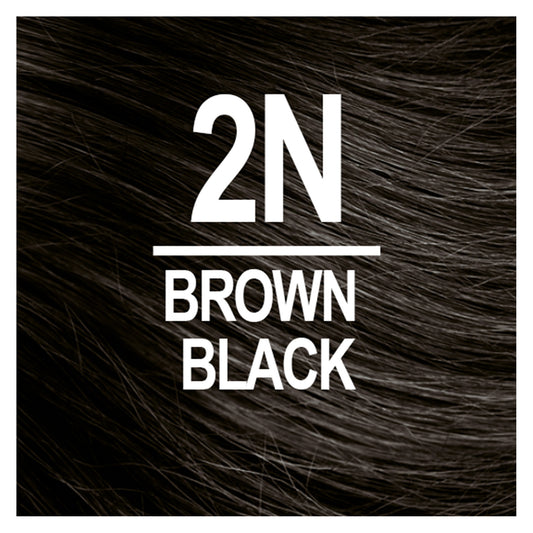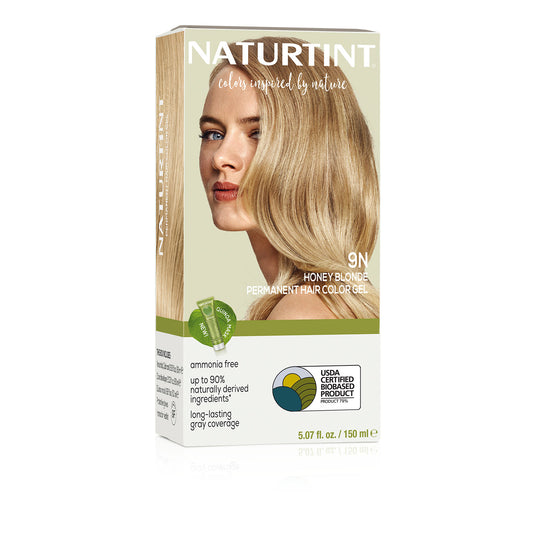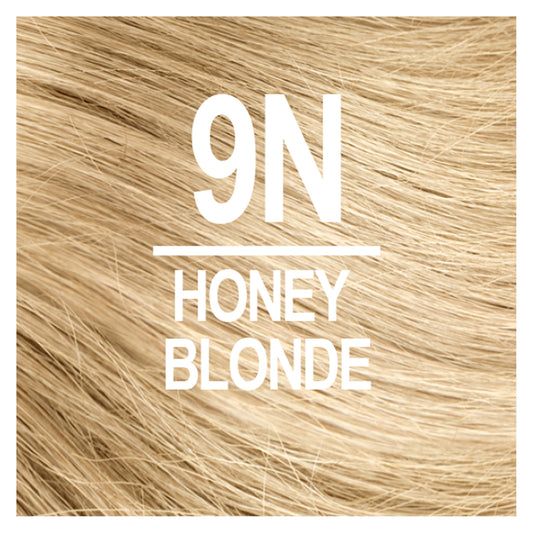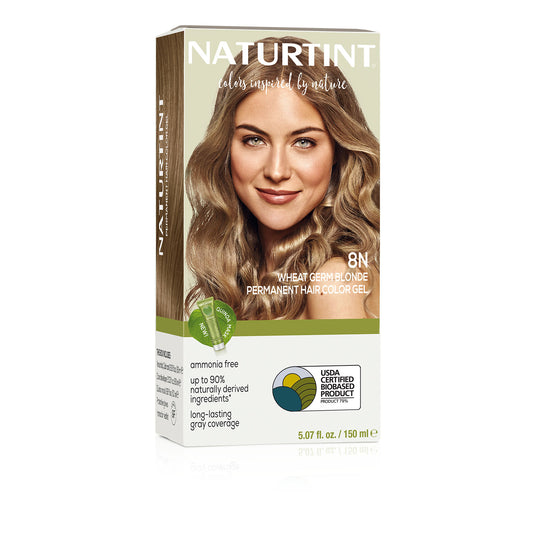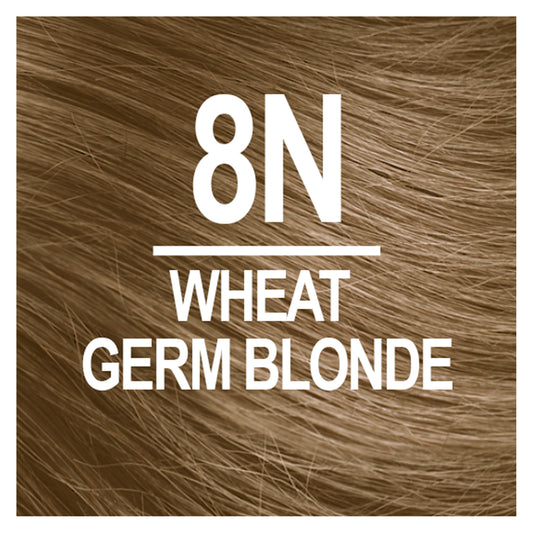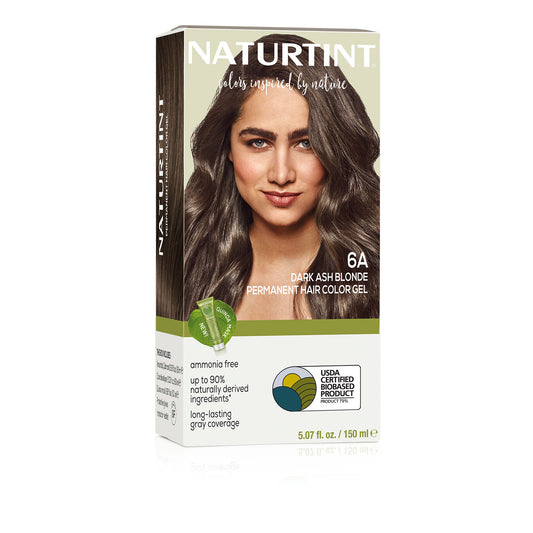For centuries, hair color has been a vital part of a woman’s beauty routine. Hair color has long been used as a way to fight off signs of aging. And, in more recent decades, it’s become a way for women to express themselves with bold color statements, enhance their natural hues, and upend traditional beauty ideals.
While the methods for coloring hair have changed dramatically since their first use, the demand and interest for hair color have remained, and even grown throughout the centuries.
So, who was the first civilization to use hair color and how has the practice evolved since then? Keep reading as we share with you the colorful history of hair color!
Related: How to Color Resistant Gray Hair at Home

The colorful history of hair color
Although the ingredients for hair color have changed across the centuries, many of the motivations to color hair remain the same. Let’s explore the developments in the colorful history of hair color!
the early history of hair color
When you think of all the significant contributions that ancient Egyptians made to society, what comes to mind? Chances are you may have thought of pyramids and maybe even advancements in astrology too. But it may surprise you to learn that ancient Egyptians were the first to use hair color by using henna to cover gray hair. Yes, it’s true – as far back as 1500 BC, people were concerned about covering their grays!
You may also be shocked to learn that the earliest iterations of hair color were used by both men and women to enhance their looks. Only during the Middle Ages in Europe did coloring hair shift to be a predominantly female habit.
Other ancient civilizations whose records show that they used hair color include the ancient Greeks, Hebrews, Persians, Chinese, and Romans. In fact, the first permanent hair color (jet black) is attributed back to ancient Rome.
Ancient civilizations were really onto something with their naturally-derived ingredients. Some of the hair colorants were based on recipes that included: charred eggs, cassia bark, leeks, and henna.
the beginnings of the hair color we know today
Hair color as we know it today changed forever in 1863 when English chemist William Henry Perkin accidentally created the world’s first synthetic dye while trying to create a cure for malaria. This dye he named “mauveine” was a vivid purple (mauve) color and lasted significantly longer than earlier dyes created throughout the history of hair color.
Shortly after this accidental discovery, Perkin’s teacher, August Wilhelm von Hoffman, derived a color-changing molecule from mauveine called para-phenylenediamine or PPD. PPD is still the foundation of most permanent hair colors today.
Another major advancement came in 1907, when Eugene Schueller created the first chemical hair dye for commercial purposes. The dye, known as Aureole, would later be known as L’oreal (the company he founded).
It wasn’t until the late 1960s that coloring hair became commonplace. And, by the 1970s, slogans like L’oreal’s “Because you’re worth it” encouraged a conversation around openly using hair color.
Today, you can’t scroll through social media, watch tv, or drive without seeing digital and physical ads with celebrity endorsements for hair color. Or, for that matter, micro-influencers as well. Hair products, hair color, and the many ways they’re advertised continue to use popular methods from the past and also test new mediums as time goes on.
present-day hair color
Many laws have been passed in the last 80 years. However, you may be shocked to learn that very few of these laws have been related to regulating cosmetics. In fact, after a very long drought in terms of laws passed, one of the most impactful laws was passed in October of 2018. This is when the FDA published a final rule to repeal approval for the use of lead acetate as a color additive in hair dye. While this is huge progress in terms of regulation, there are still many questionable ingredients on the market (including ammonia) that brands can still use in their products.
However, despite limited regulations, we have taken it upon ourselves to strive for the highest standards when it comes to our beauty products. Since our inception, we’ve prided ourselves on creating products with ingredients derived from plants, seeds, and oils, chosen for their known benefits to the hair and scalp. Ingredients that you’ll never find in our products include: Ammonia, Parabens, Heavy metals, Gluten, Silicone, Artificial fragrance, Sodium Laureth Sulfate (SLES), Animal products, Cocamide DEA, Paraffins, and Mineral oils.
We believe in plant-based beauty solutions that empower others to own their style, feel confident, and have a viable alternative to salon treatments. And now, we’ve made history as the first permanent hair color to be certified by the USDA BioPreferred® Program.
What sets USDA BioPreferred certified products apart? Simply put, these products are better for you and the environment. Biobased ingredients are derived from plants and other renewable sources and provide an alternative to petroleum-derived ingredients.
Biobased products are cost-comparative, readily available, and perform as well or better than their petroleum-containing counterparts. Biobased products also help us increase our use of renewable resources while decreasing our use of non-renewable resources, such as petroleum.
The future of hair color
As of 2015, an “estimated 70 percent of women in the U.S. [used] hair-coloring products,” according to The Atlantic. And those numbers and the hair industry, in general, have only continued to grow since.
Reports show that by 2025, the global hair color market is expected to be worth around $28 billion, implying continued high demand for hair color and hair products in general.
There’s no denying that hair color has come a long way. What started as a product intended to cover grays has since grown to a way for women to uniquely express themselves and individually define what aging looks like.
Maya Angelou famously said, “Do the best you can until you know better. Then when you know better, do better.” Naturtint will continue to strive to provide the most natural formulas possible without sacrificing the quality of your results.
Hair color is not going away anytime soon. If anything, it will continue to flourish and evolve as we continue to write the colorful history of hair color.



